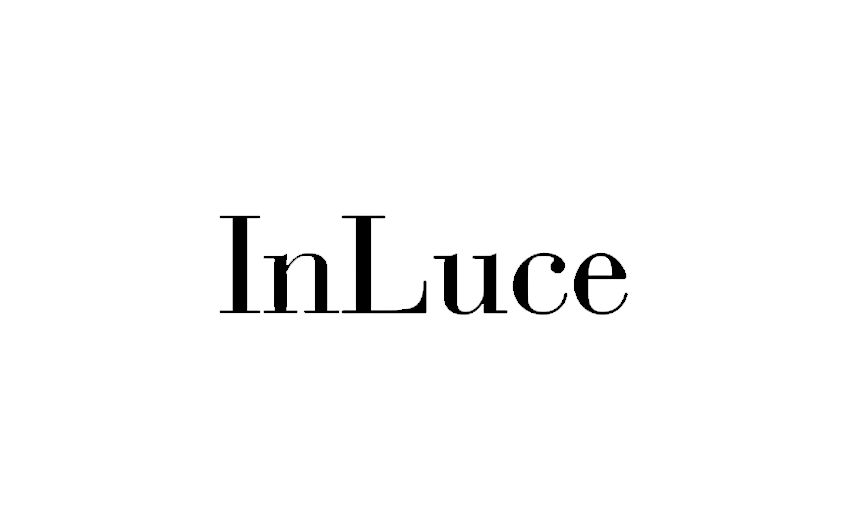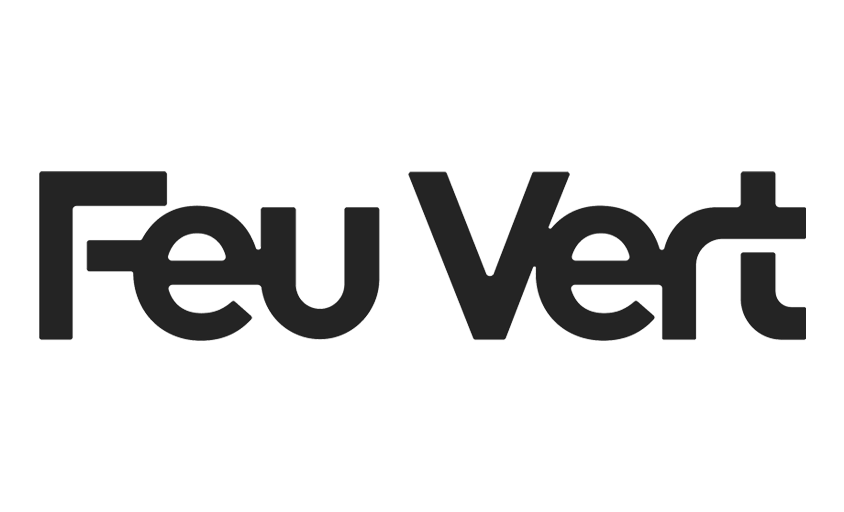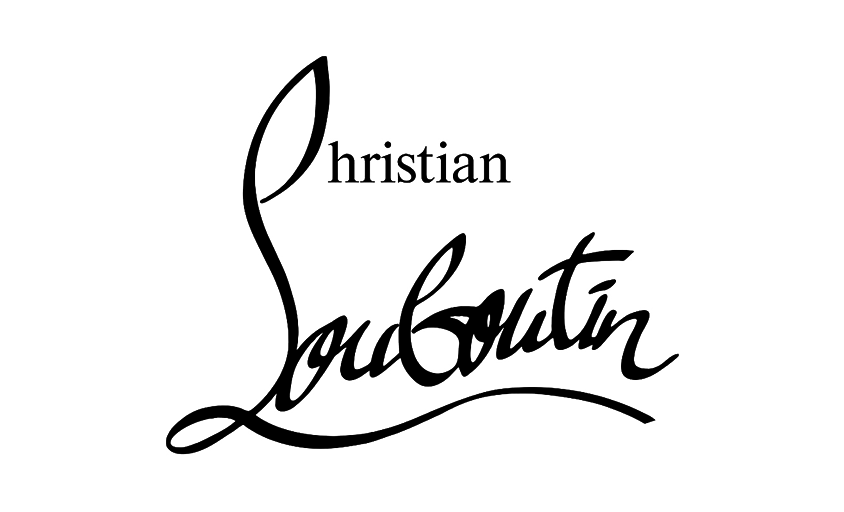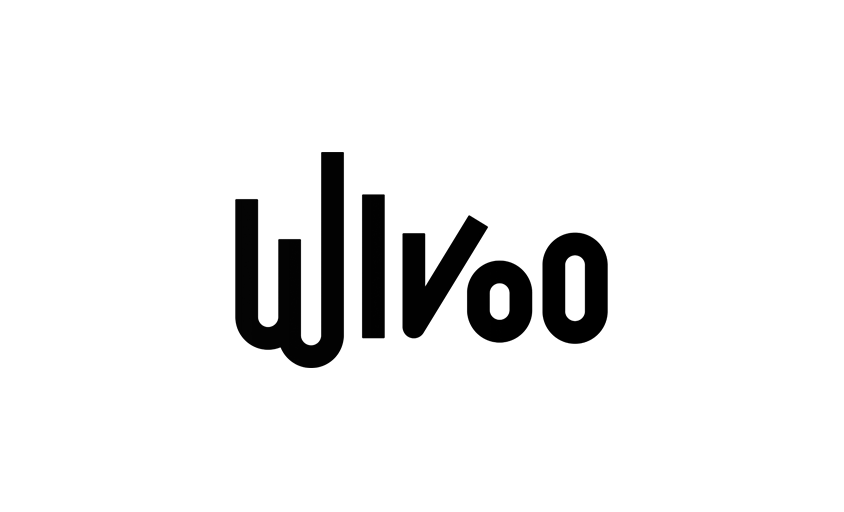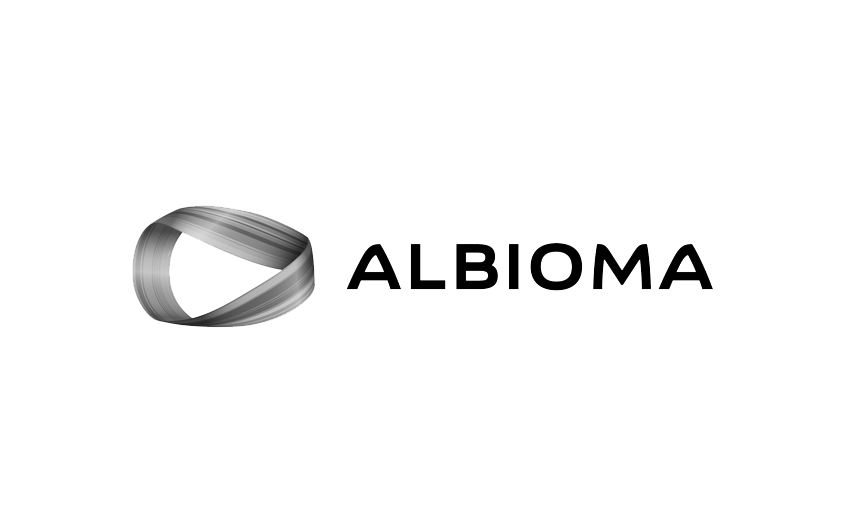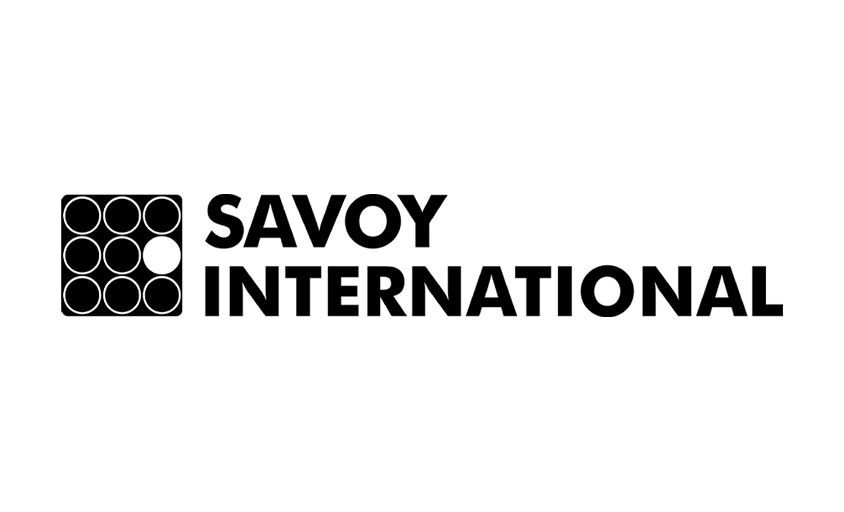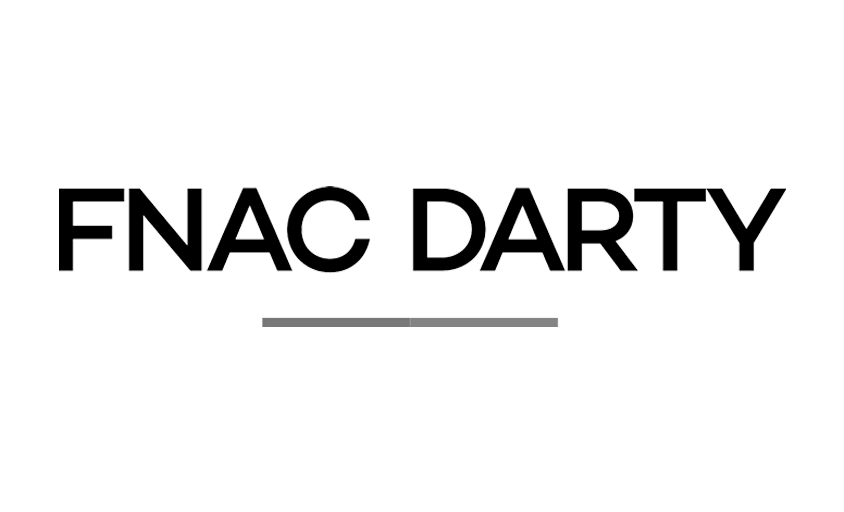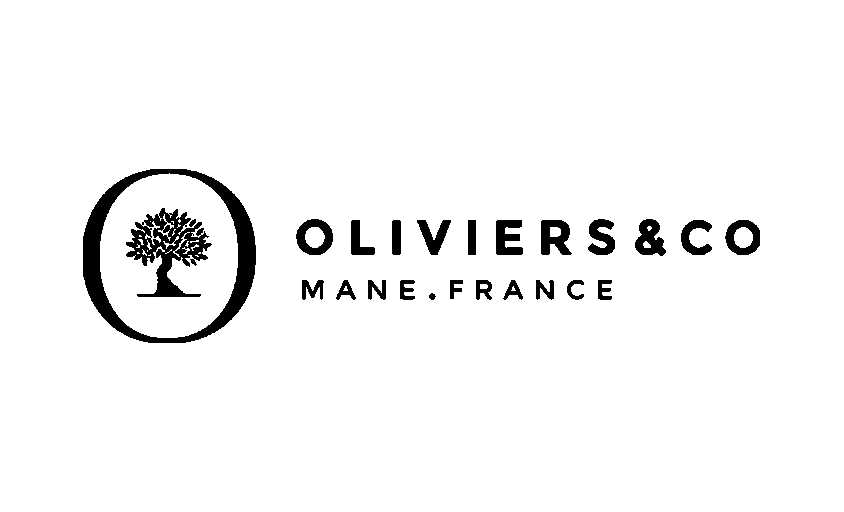The Certificate of Authenticity in Photography
In this article :
The certificate of authenticity is a key document in the art world, whether it concerns photography, painting, or any other form of artistic expression. It is far more than a simple piece of paper; it assures the buyer that the work is indeed an original creation and not a reproduction. This certificate accompanies the artwork throughout its lifetime, serving as tangible proof of its origin and authenticity. It thus becomes a mark of trust, both for the artist and the collector, by guaranteeing that the piece is unique and that copyright laws are respected.
But why should every photographer or artist provide a certificate of authenticity for their works, and what are the key elements it should contain?
Why provide a certificate of authenticity for each artwork?
When you decide to sell your work professionally (even at the beginning of your career) a certificate of authenticity becomes essential. It is not merely an administrative formality, but a crucial element in protecting copyright and ensuring the integrity of your creations.
Protecting the authenticity of the work
The certificate of authenticity helps prevent fraud by confirming that the artwork is indeed the original work of the artist. Whether you are a photographer or a painter, it assures the buyer that the piece is not a duplicate or a copy created by another artist. It thus acts as a safeguard against counterfeiting.
Preserving the artist’s rights
Even after the sale of the artwork, the artist retains their copyright. The certificate confirms that the piece is an original creation, while clearly stating the artist’s intellectual property rights, which protects their long-term interests.
Who Can Issue a Certificate of Authenticity?
A certificate of authenticity can be issued by the photographer themselves, but also by a trusted third party. Among the authorized parties who can provide it are:
- the artist’s heirs, in the event of their passing;
- a gallery owner (physical or online) representing the artist;
- an auctioneer or art expert;
- an art dealer or a historian specializing in the field.
This diversity of possible issuers offers greater flexibility and security in the market, while providing an additional layer of credibility to the artwork when it is transferred or sold.
Essential Information to Include in a Certificate of Authenticity
A certificate of authenticity must contain several crucial pieces of information to ensure its effectiveness and reliability. These elements are important not only for the art market but also for maintaining the artwork’s value over time.
Basic Information:
- Name of the artist or used pseudonym
- Title of the artwork
- Dimensions of the artwork
- Date of creation
- Technique and materials used, such as the type of ink for a photograph or the type of paint
- Medium: paper, canvas, aluminum, etc.
- Identification number: especially important for limited edition prints (e.g., giclée, photography, etc.)
- Limited edition indication: for example, 5/30 for a work produced in a limited series
Additional Elements:
- Artist’s signature: the signature is crucial for authenticating the work
- Date of the certificate: to attest authenticity at a specific moment in time
- Photo of the artwork: including an image can be a great way to add a layer of visual verification
Recommended Mentions for a Compliant Certificate of Authenticity
Certain optional details can enhance the legal reliability and perceived value of the certificate:
- Location of the signature on the artwork (if visible)
- Unique identification number, often reinforced by a QR code or electronic chip
- Professional registration numbers of the artist or their business entity (SIRET, Maison des Artistes, AGESSA, etc.)
- Detailed description of the medium (canvas, wood, aluminum, fine art paper, etc.)
- Date of issuance of the certificate
Note: The sale price of the artwork should never appear on the certificate of authenticity, as this document is not intended to serve as an invoice.
Ensuring the Integrity of the Certificate of Authenticity
The certificate of authenticity is not just an ordinary document. To be valid, it must be tamper-proof. It is therefore essential to use high-quality materials and security technologies to prevent unauthorized copies.
Techniques to Secure the Certificate:
- Use of special paper, such as watermarked paper or paper with gold leaf
- Embossed seal or stamp to guarantee the uniqueness of the certificate
- Special ink that cannot be easily replicated
In addition to traditional techniques like watermarked paper, some galleries and artists now incorporate:
- Tamper-evident seals
- QR codes linked to a certification database
- Electronic chips hidden within the artwork or its frame, allowing for quick digital verification
These solutions not only increase buyer confidence but also facilitate future resale or expert appraisal.
The Certificate of Authenticity and the Long-Term Value of the Artwork
In addition to securing the sale, the certificate of authenticity plays a crucial role in the long-term valuation of the artwork. When a buyer decides to resell a piece, a valid certificate confirms the origin of the work and can help justify a fair (and potentially higher) price if the artist’s career has progressed positively.
A Guarantee of Traceability and Provenance
The certificate of authenticity helps reconstruct the history of the artwork, making it more appealing to future collectors. A well-written certificate that accompanies the piece throughout its lifespan builds trust with potential buyers while preserving the integrity of the art market.
What French Law Says About the Certificate of Authenticity
The certificate of authenticity is governed by Decree No. 81-255 of March 3, 1981, also known as the “Marcus Decree.” This regulation requires any seller of a work of art to provide a document detailing the nature of the artwork, its technique, origin, and degree of authenticity. The seller bears legal responsibility if this information is found to be inaccurate or misleading.
Depending on the level of certainty regarding the author of the work, several phrases may be used in official documents:
- “Work by” or “signed by”: guarantees that the work was indeed created by the named artist.
- “Attributed to”: indicates a strong presumption, but not absolute certainty.
- “Studio of,” “school of,” “after”: imply a stylistic or influential connection, but not direct authorship.
Understanding these nuances helps draft a legally sound certificate in compliance with French standards.
Conclusion
The certificate of authenticity is a fundamental document for protecting artworks and ensuring their value on the market. Whether you are a photographer (like Rétines), a painter, or any other type of artist, it is essential to include this certificate as soon as you start selling your work, even at the beginning of your career. This document assures your buyers that the piece is unique, authentic, and valuable, while also safeguarding your copyright and the traceability of the work. Never underestimate the importance of this document, it protects both your work and your clients’ investment.
Jérémy Carlo is the editorial director at Rétines, where he ensures the consistency and clarity of all content produced by the studio.
Our Clients
Let’s discuss
What we do for you at Rétines
Meticulous work, an organised project and fast delivery. And to achieve this, we mobilise the right resources in our teams at the right time.
01
Pre-production
Artistic and technical direction tailored to the project.
Relevant recommendations on content, form and resources.
02
Photo Shooting
Photos taken by our experienced photographers.
Production that’s controlled, efficient and tailored to the needs of the project, with nothing superfluous.
03
Retouching
Technique
Photographs magnified by our retouching team.
Post-production to meet the commercial challenges of the brief.


